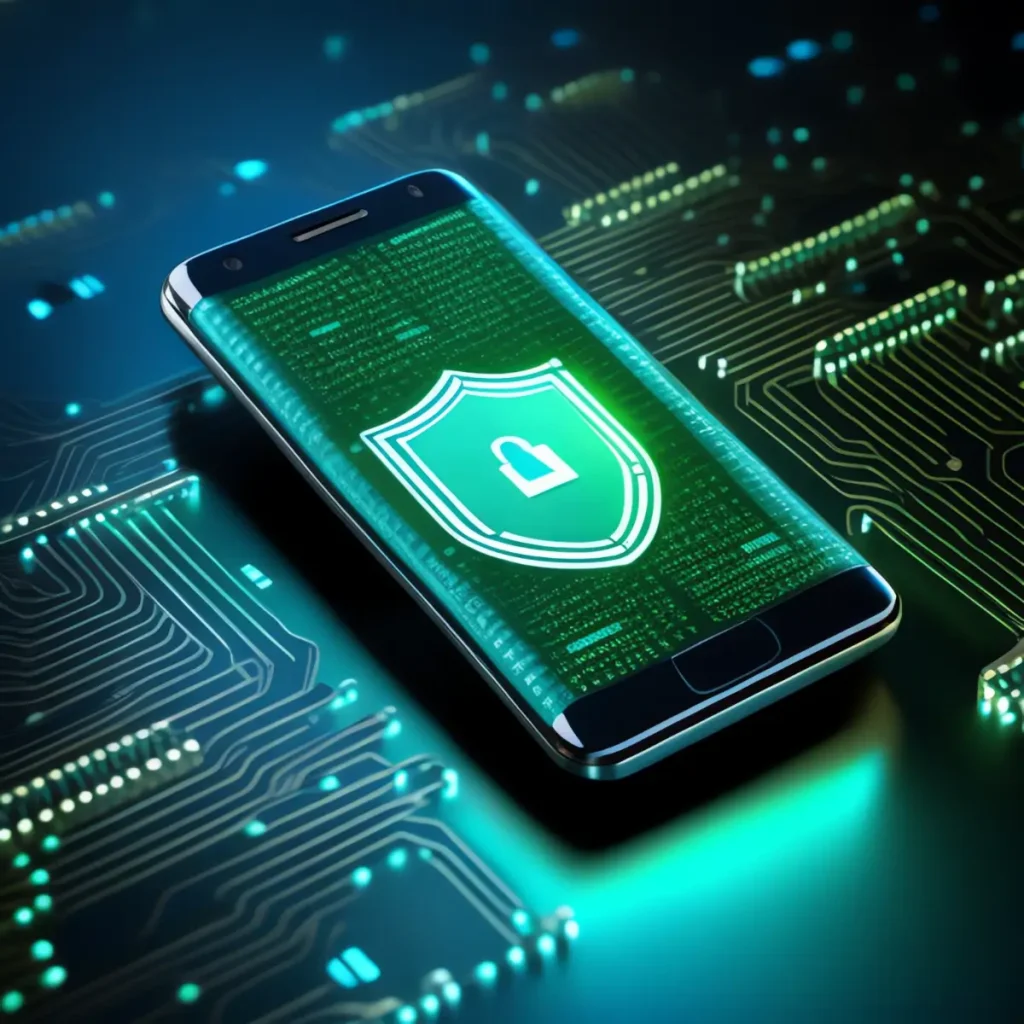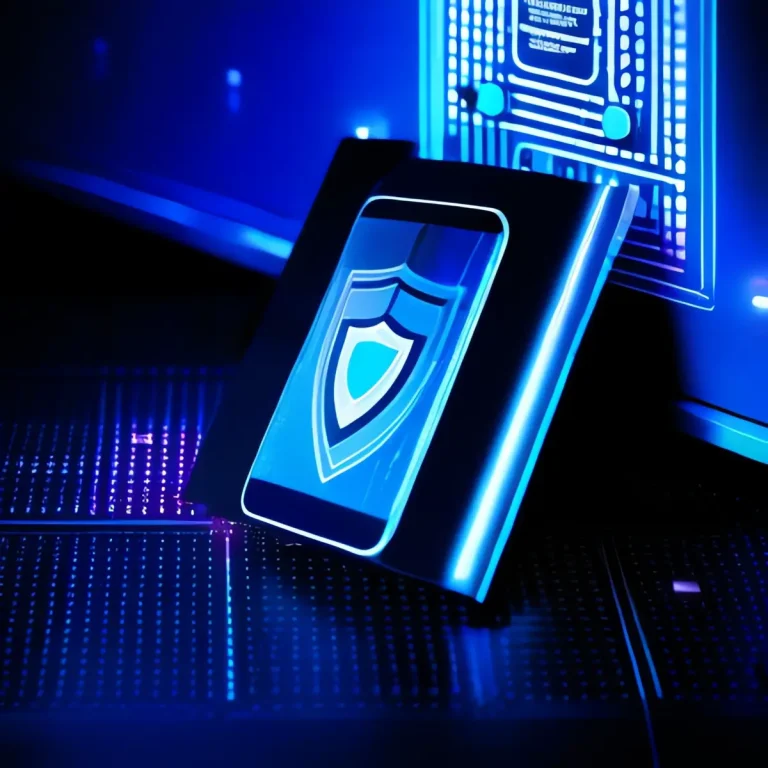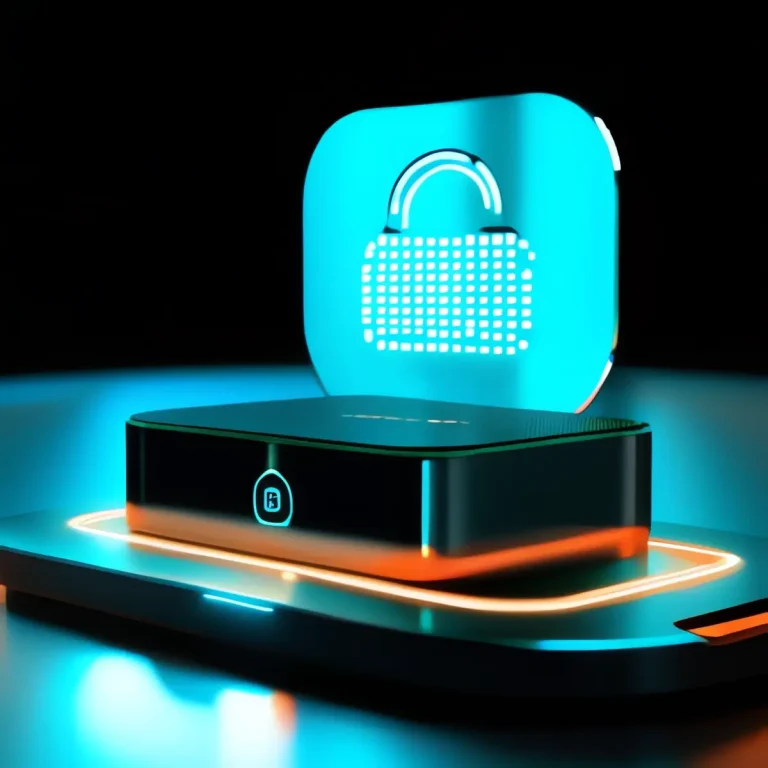Securing Push Notifications: A Deep Dive into Payload Encryption in Push Messaging

Why Payload Encryption Matters in Push Messaging
In the world of mobile and web applications, push notifications play a vital role in user engagement, retention, and communication. Whether it’s a breaking news alert, a transactional update, or a promotional offer, push messaging enables apps to reach users in real-time. However, the very feature that makes push messages powerful—direct communication—also introduces significant security and privacy challenges. If not properly secured, push messages can be intercepted, manipulated, or leaked.
Payload encryption in push messaging addresses this concern by ensuring that the content of messages remains confidential and tamper-proof during transit. Unlike traditional messages, which may travel in plaintext through intermediaries (e.g., push services like Firebase or Apple Push Notification service), encrypted payloads protect both message integrity and user data. As regulations such as GDPR, CCPA, and ePrivacy Directive continue to evolve, securing user communications is not just a best practice—it’s a compliance requirement.
This article explores the core principles of payload encryption in push messaging, the technical standards that underpin it, implementation strategies for developers, and common challenges to be aware of. Whether you’re building your own push messaging system or integrating with platforms like Web Push or Firebase Cloud Messaging (FCM), understanding payload encryption is essential for creating secure and user-trustworthy applications.
Understanding Payload Encryption: The Basics
At its core, payload encryption is the process of converting a readable message (plaintext) into an unreadable format (ciphertext) before sending it over a network. This ensures that only the intended recipient—typically the user’s device—can decrypt and read the message content. In the context of push messaging, the payload is the actual data or message sent in the push notification, which can include text, JSON objects, or rich media.
The standard approach to payload encryption in web push messaging is defined by the Web Push Protocol, which is built on the Encrypted Content-Encoding for HTTP specification (RFC 8188). This standard uses public-key encryption and elliptic curve cryptography (specifically the Elliptic Curve Diffie-Hellman (ECDH) key exchange) to encrypt payloads. The recipient device generates a pair of cryptographic keys and shares the public key with the server. When sending a push message, the server uses this public key to encrypt the payload. Only the client with the corresponding private key can decrypt the content.
Unlike end-to-end encrypted messaging apps (like Signal), payload encryption in push messaging does not encrypt sender metadata or destination information. However, it does secure the payload itself from the push service provider and any intermediaries, adding an important layer of privacy and integrity.
Payload Encryption Standards and Technologies
Several well-established standards and cryptographic technologies form the backbone of secure payload delivery in push messaging. Chief among them is the Voluntary Application Server Identification (VAPID) protocol, which works alongside encrypted payloads to authenticate push message senders. VAPID provides application servers with a means of proving their identity to push services without requiring per-user registration tokens.
In terms of cryptographic techniques, the Web Push ecosystem relies on ECDH over Curve25519 (X25519) for key exchange, and AES-GCM (Advanced Encryption Standard in Galois/Counter Mode) for symmetric payload encryption. These modern algorithms are chosen for their performance, security, and wide support across platforms.
For Android and iOS applications using Firebase Cloud Messaging (FCM), payload encryption is not mandatory by default, but developers can implement it manually for enhanced security. On the web, however, browsers like Chrome and Firefox enforce payload encryption for push messages, meaning unencrypted messages will be rejected.
An important distinction must be made between transport encryption (e.g., TLS) and payload encryption. While TLS protects data in transit between the client and the server, it does not protect the message payload once it reaches the push service provider. Payload encryption, on the other hand, ensures that the actual content is unreadable to anyone except the final recipient.
Implementing Payload Encryption in Your Push Messaging System
Implementing payload encryption in a push messaging workflow requires a careful orchestration of cryptographic operations. The first step is to generate a set of asymmetric keys (private and public) for each client device. These keys are stored securely on the client and used during subscription to a push service. The server then receives the client’s public key and a shared authentication secret, which are both required for encryption.
When sending a push message, the server uses the client’s public key and the shared secret to derive a symmetric encryption key using the ECDH algorithm. It then encrypts the payload using AES-GCM and packages it with headers containing encryption metadata. This package is sent to the push service provider (like Google or Mozilla), which simply forwards it to the user’s device.
Client-side decryption is handled automatically in compliant browsers and service workers. For mobile apps, developers must manually integrate decryption logic, especially if they bypass platform push services or implement custom protocols. Libraries such as web-push (Node.js) or pywebpush (Python) simplify the server-side encryption process by handling key derivation, header generation, and encryption under the hood.
Security best practices include rotating keys periodically, validating message authenticity on the client, and limiting the payload size to reduce attack surface. Developers must also ensure that cryptographic operations are implemented correctly and consistently across platforms to avoid compatibility issues or message rejection.
Challenges and Considerations in Payload Encryption
Despite its clear benefits, implementing payload encryption in push messaging systems comes with several challenges. One of the most common is key management. Ensuring secure generation, storage, and rotation of cryptographic keys across millions of devices can be complex and error-prone. Poor key hygiene can lead to vulnerabilities that compromise message confidentiality.
Another challenge is compatibility across platforms and browsers. While modern browsers mandate encrypted push payloads, mobile push services like FCM and APNs handle payloads differently. Developers must account for these differences when designing cross-platform messaging strategies.
Message size limitations are another constraint. Encrypted payloads are typically limited to a few kilobytes (e.g., ~4 KB for web push), and encryption itself adds metadata overhead. This necessitates concise message formatting or the use of external content fetch strategies (e.g., deep links that open content inside the app).
Error handling and debugging encrypted messages can also be tricky. Since encrypted payloads are unreadable by design, diagnosing issues requires careful logging and monitoring of encryption and delivery steps—without compromising sensitive data in logs.
Finally, compliance and legal considerations must be addressed. Depending on your jurisdiction, you may be required to encrypt personal user data, and payload encryption may help meet these obligations. However, encryption alone does not guarantee compliance—you must also ensure secure key handling, consent management, and transparent communication with users.
Conclusion
As users become increasingly aware of their digital privacy, and regulations continue to tighten around data protection, encryption is no longer optional—it’s essential. Payload encryption in push messaging provides a powerful way to secure communication channels, protect sensitive information, and build trust with users.
While implementing payload encryption may introduce technical complexities, the long-term benefits far outweigh the initial setup effort. Developers gain the assurance that their messages cannot be intercepted or altered, even by trusted intermediaries. Users, in turn, benefit from improved privacy and a more secure app experience.
Looking forward, the trend toward encrypted-by-default communication is expected to grow. Messaging platforms, mobile frameworks, and browser vendors are all pushing for stronger security standards, and payload encryption will continue to play a central role. Whether you’re building a custom notification system or leveraging tools like Web Push or Firebase, embracing payload encryption is a critical step toward a safer, more privacy-respecting internet.
Like what you’re reading?
Push0 is a privacy-first push notification service built for devs and marketers who care.
Try it free for 14 days — no credit card, no fluff.



